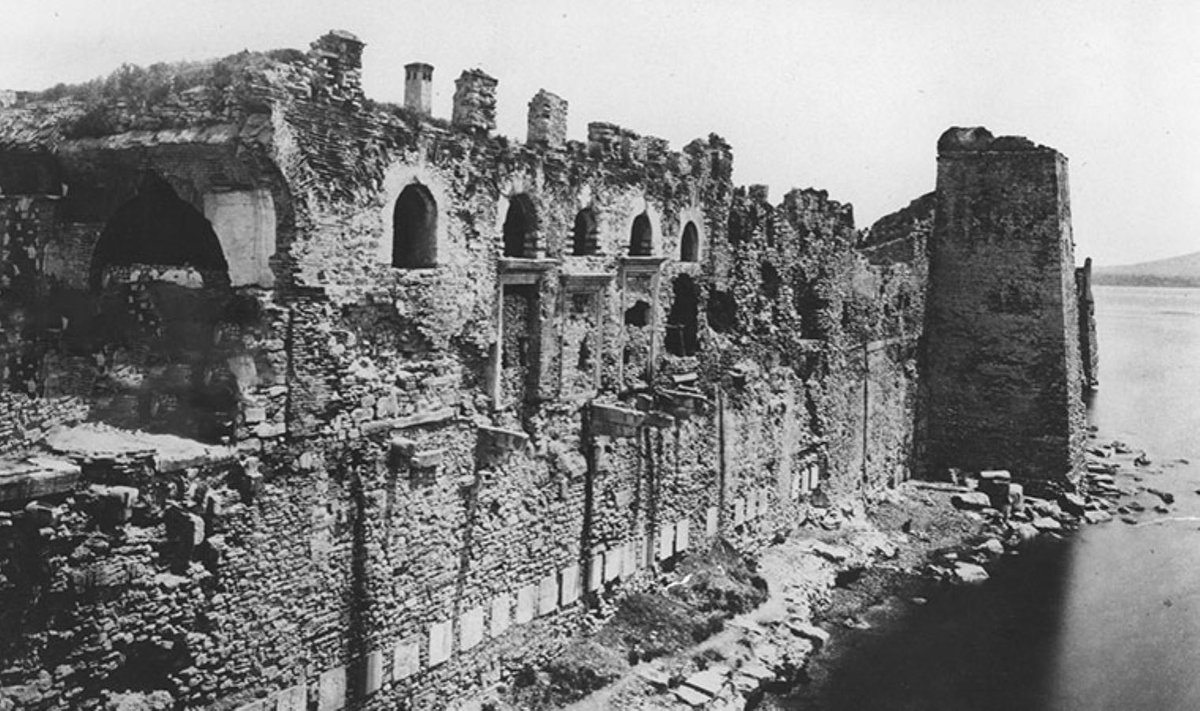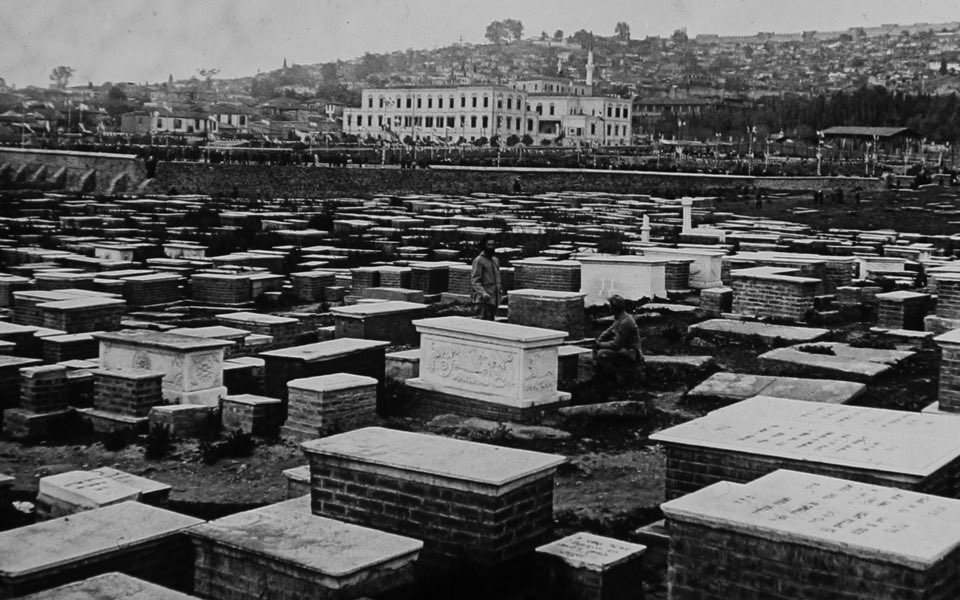
#Istanbul is a city of endless gentrification. The most recent episode in an endless series of urban transformation projects in the city is the demolition of the old brothels on Zürafa Street in Galata. #Thread 

42 structures are being demolished in and around Zürafa Street. Most of these buildings, which had been used as brothels for decades, had little historical or architectural value. 

The demolitions are supposed to clear the area from modern structures in order to highlight Byzantine & Ottoman heritage. This is part of an ongoing project to create a so-called “cultural space” in Beyoğlu. 

Some of the sites that are being highlighted include two #Ashkenazi synagogues (including the derelict Or Hadash) as well as an #Armenian church (Surp Pırgiç). The remains of an Ottoman-era hamam were also discovered during the demolitions. 

The details of this urban renewal project are yet to be revealed in full. However one thing that is certain is that the project seeks to erase a major and defining aspect of the neighbourhood’s history, thereby creating a sanitised space for tourism and “cultural activities”. 

Some of the brothels on Zürafa Street had up to 200 years of history. They reflect the history of the neighbourhood as much as the adjacent churches and synagogues. Nonetheless this part of #Istanbul’s urban history is being razed to the ground as we speak. 



• • •
Missing some Tweet in this thread? You can try to
force a refresh























